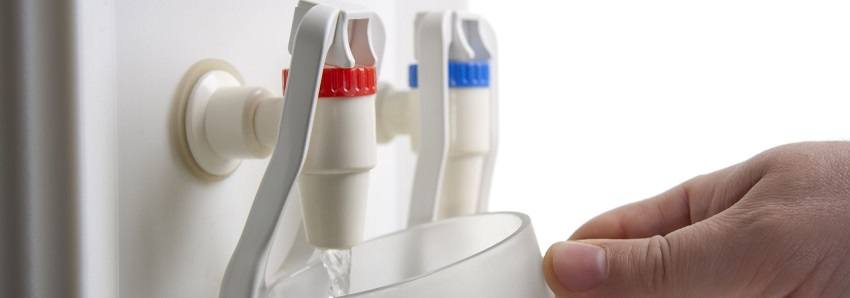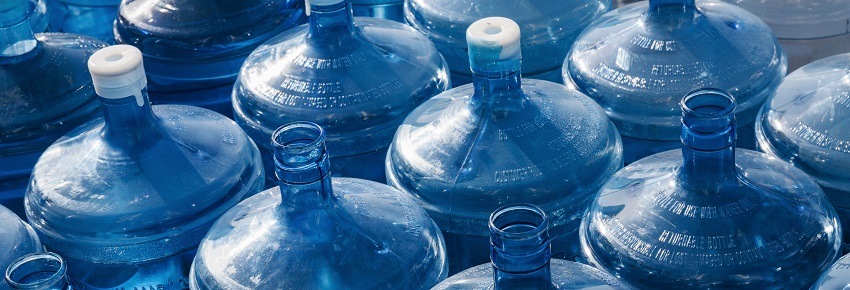All Types: compare multiple quotes from Agreed Suppliers
- Save time and money by letting us do the legwork for you
- We will look at the most suitable and competitive providers for you
- Our expert service is 100 % free with no-obligation
- Get the options to make an informed decision and get the best deal
Water coolers : Warm up to hot water dispensers
Water coolers are an essential feature of modern offices and waiting rooms, always appreciated by staff and customers alike. Why not go the extra mile and install a hot water dispenser? It covers more needs and is also more convivial, while remaining more comfortable to use and less expensive than a traditional hot drink machine, or even a kettle. There is an extensive range of models to choose from, so there is definitely a hot water dispenser suited to your company’s profile.

Functioning and advantages
Hot water dispensers present a number of specificities and advantages over other systems, like expensive hot drink machines and impractical kettles.
How does a hot water dispenser work?
Much like a kettle, hot water dispensers use electricity to bring tap water to boiling point. Water from the tap is heated to about 94 °C (201 °F) and stored in an insulated tank for future use. It should be noted that some models provide water at 100 °C (212 °F). Whenever a quantity of hot water is used, it is immediately replaced with the corresponding amount of cold water, which in turn is heated again. Most models come with built-in filters and sanitization systems to eliminate chlorine taste, limescale build-up and prevent the development of bacteria.
Mains-fed or tank-fed?
There are two types of hot water dispensers. Mains-fed machines must be connected to the main power supply as well as to the main water supply, while tank-fed systems only need electricity and must be refilled manually when empty, just like a kettle. Therefore, a mains-fed hot water dispenser will be able to provide an infinite amount of boiling water instantly at the press of a button, and at any time of day. On the contrary, tank-fed machines will be best suited to smaller quantities, but will also be more mobile.
Why is it a better choice than a regular water cooler or a kettle?
The first advantage of a hot water dispenser is the great range of needs it covers: preparing tea or coffee, of course, but also instant soups or noodles for a quick snack. Models coupled to regular water coolers can provide refreshing beverages too. Some systems supply variable quantities of liquid, which is handy if you use different sizes of cup. In any case, these machines are safe to use, and are proven to be more economic than kettles when large quantities of hot water are needed.
Which hot water dispenser should you choose?
Mobility and versatility, comfort and quickness of use, quantity of liquid, there are many criteria to consider before choosing. One of the following models will surely correspond to your needs.
Wall-mounted boilers
Permanently plumbed-in and fixed to a wall, this system will be able to provide large quantities of water in an instant (around 50 cups at a time). It will require little maintenance, and no refill. It is perfect for use in a large office, a public waiting room or any busy environment. Prices are reasonable, from around £100.
Countertop and under counter boilers
Countertop and under counter boilers are quiet and low-key systems, well suited to smaller offices and company kitchens. It can fit on or under a standard kitchen unit, and may be plumbed-in or tank-fed. In this latter case, it is more mobile, cheaper (from £35 to £80) and can even be taken to sales events and exhibitions, but it needs frequent refill.
Hot water taps
Some manufacturers offer integrated systems that can provide boiling, cool, and even sparkling water. They fit flush with any counter, often come with anti-flood detection and touch control, provide large (180 cups an hour) quantities of boiling water and unlimited amounts of cool water. As they are more permanent systems, they are also more expensive (£300 to £1,000).
Discover the buying guide for Water coolers
-
Bottled water coolers: a simple and cheap solution for your company

-
Water dispenser choices: hot or cold, freestanding or countertop

-
Go green with atmospheric water generators

-
Plumbed-in water coolers: a sensible solution

-
Choosing your water cooler: bottled vs. plumbed-in

-
Countertop water coolers: a refreshing alternative



